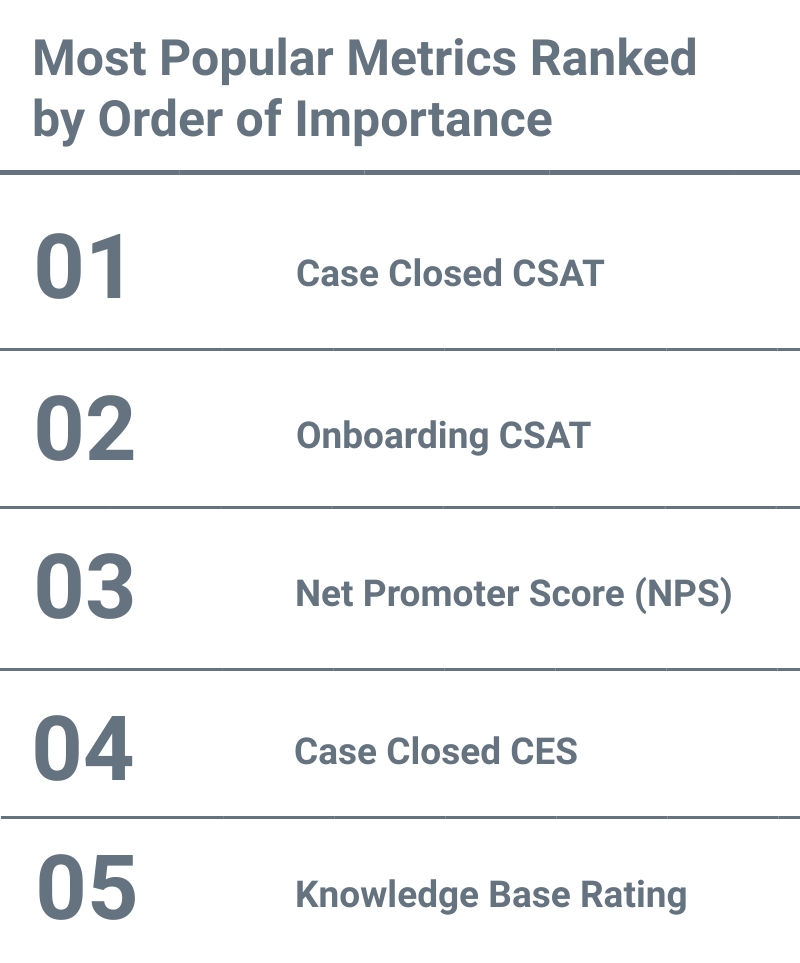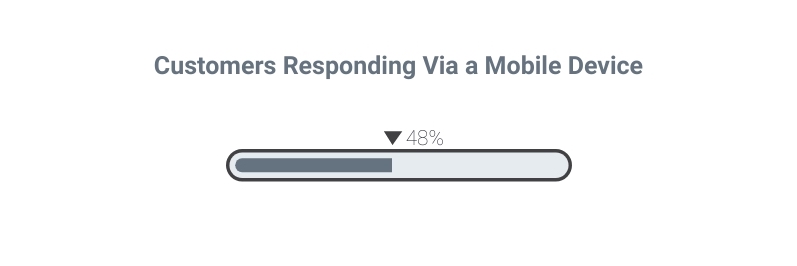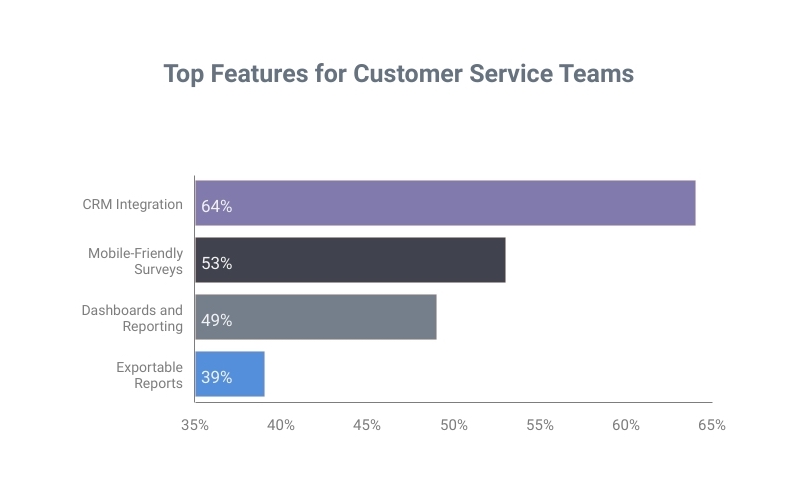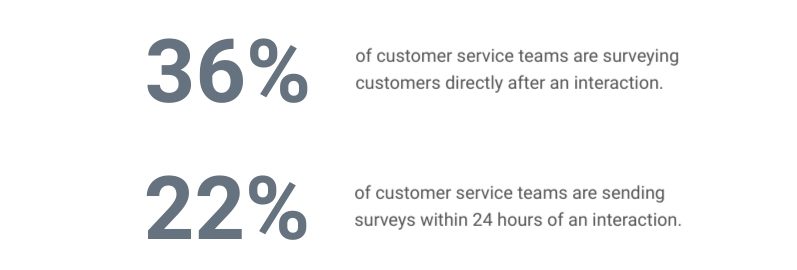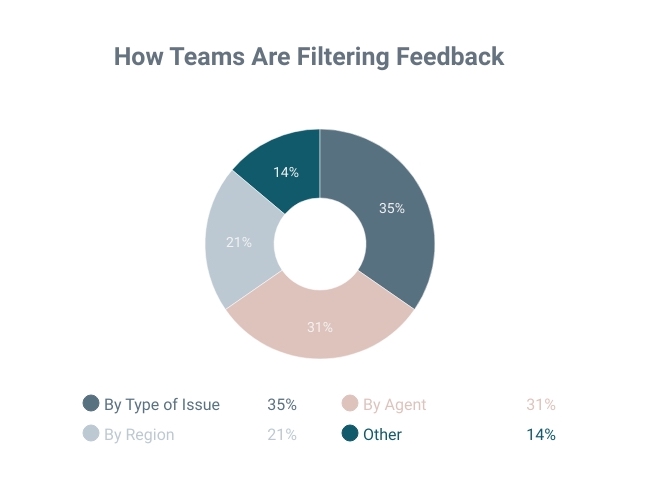Customer service is undoubtedly a key player in any company’s customer experience (CX) program. It’s the necessary companion to a great product or service—in fact, 80% of customers say that the experience a company provides is as important as its products or services.
Given its significance, we conducted a global study to identify the latest customer service trends and best practices. Specifically, we looked at key industry trends for curating and optimizing customer feedback. This article recaps our findings.
The 5 customer service trends and best practices that caught our attention
- Case Closed CSAT is the most valued metric among service teams.
- Email is still a popular survey distribution channel, but text message is moving up the ranks.
- Most customer service teams are surveying customers within 24 hours of their interaction.
- The biggest challenge for customer service agents continues to be response rates.
- Most agents filter feedback by type of issue.
But first, here’s who participated in the study
Every industry out there has had a hand in the making of this report. We’ve uncovered new insight for retail, technology, banking, healthcare, manufacturing, nonprofit, and the list goes on.
Organizations from around the world contributed, from North America to Europe, Asia to Latin America—39 countries and 280 cities, to be exact.
Hundreds of companies, including large enterprises, small businesses, nonprofits, and government agencies, shared how they collect and utilize customer service feedback to make a long-lasting impact.
Now on to our top 5 findings.
1. Case Closed CSAT is the most valued metric among service teams
More than 50% of customer service representatives consider the Case Closed Customer Satisfaction Score (CSAT) as the top priority among all metrics. Our participants noted that Case Closed CSAT is highly valued in many organizations—it offers important customer feedback instantly, is commonly included in company reports, and is used to evaluate agents’ performance.
Here is how the other popular metrics ranked in comparison.
2. Email is still a popular survey distribution channel, but text message is moving up the ranks
When asked about distribution channels, most customer service agents said they use a link or button in an email (72%), followed by the method of one-touch email. However, the service industry understands the need for mobile-friendly surveys since 48% of customers are responding through mobile devices. While text message surveys ranked 4th as a survey distribution channel, we expect this trend to grow in the coming years.
Especially since mobile-friendly surveys are the 2nd most important feedback feature that customer service teams can’t live without, following CRM integration. See below.
3. Most customer service teams are surveying customers within 24 hours of their interaction
Specifically, 36% of customer service teams are surveying customers directly after an interaction. And 22% are asking for feedback within 24 hours of their customer interaction.
4. The biggest challenge for customer service agents continues to be response rates
Participants reported an average customer response rate of 42%. To tackle this challenge, the majority of customer service teams are keeping surveys short and concise (67%), as well as ensuring their surveys are mobile-friendly (33%) and ensuring their surveys are designed to align with their brand (31%).
5. Most agents filter feedback by type of issue
Service teams are filtering their feedback by type of issues, which is the ideal method—monitoring feedback by issue helps you identify sources of dissatisfaction before they become worse. 31% of service teams also filter feedback by agent, which is a good approach for managing the and rewarding individual success performance of each team member.
If you want to improve customer service at your organization, GetFeedback has a suite of tools to help you listen and act on insights from your customers. Get started with a free trial today.
